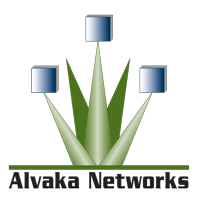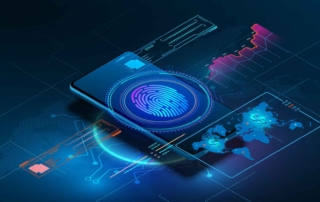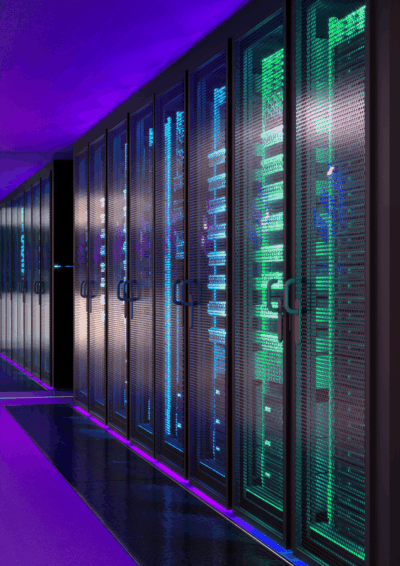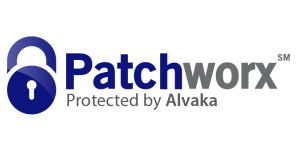The Benefits of Decentralized Backups for Ransomware Defense
Decentralized Backups: A Strong Defense Against Ransomware Ransomware remains one of the most disruptive threats in today’s cyber landscape. This type of malware encrypts a victim’s files and demands payment for their release — often halting operations, costing millions in [...]
Using Honeypots to Learn and Detect Threat Actors
In today’s fast-moving digital environment, cyber threats evolve daily. Attackers are constantly refining their techniques to bypass security measures, steal sensitive data, and disrupt operations. As organizations work to defend their systems, proactive detection strategies have become essential — and [...]
Cybersecurity Challenges in Remote Work Environments
The New Normal: Why Remote Work Demands Stronger Cybersecurity The widespread shift to remote and hybrid work has reshaped the way businesses operate — and the way cybercriminals target them. Employees are no longer logging in from behind a central [...]
Developing Cybersecurity Governance for Small Businesses
The Critical Role of Cybersecurity for Small Businesses Cyber threats are no longer limited to large corporations — small businesses are increasingly in the crosshairs of cybercriminals. In fact, according to the Verizon Data Breach Investigations Report, nearly half of [...]
How Cloud-Native Security Enhances Application Protection
Embracing the Shift to Cloud-Native Security The rise of cloud-native applications has transformed the way organizations build, deploy, and secure software. With architectures built on microservices, containers, and dynamic infrastructure, traditional security models often fall short. In this new paradigm, [...]
Improving Ransomware Recovery Time with Better Planning
What Is Ransomware? Ransomware is a type of malicious software that encrypts or locks critical files and systems, rendering them inaccessible until a ransom is paid — typically in cryptocurrency. These attacks can cripple organizations of all sizes, halting operations, [...]







 You want to enter in a fully burdened labor rate for this field. What that means is that you want to take the base hourly rate, plus 25-30% for employer payroll taxes, benefits, vacation/holiday time, etc.
You want to enter in a fully burdened labor rate for this field. What that means is that you want to take the base hourly rate, plus 25-30% for employer payroll taxes, benefits, vacation/holiday time, etc.
 Smoke testing is a type of software testing performed by Alvaka after a software patching sequence to ensure that the system is working correctly and to identify any misconfigurations or conflicts within the patched system.
Smoke testing is a type of software testing performed by Alvaka after a software patching sequence to ensure that the system is working correctly and to identify any misconfigurations or conflicts within the patched system. This is a basic cost calculator for you to compute your typical monthly cost for patching your servers, PCs, laptops, tablets and associated application software. It also forms the basis for you to begin calculating your Return on Investment for software patching, or for comparison with alternatives to the manual process of patching operating systems and application software—such as Patch Management as a Service, also known as Vulnerability Management as a Service.
This is a basic cost calculator for you to compute your typical monthly cost for patching your servers, PCs, laptops, tablets and associated application software. It also forms the basis for you to begin calculating your Return on Investment for software patching, or for comparison with alternatives to the manual process of patching operating systems and application software—such as Patch Management as a Service, also known as Vulnerability Management as a Service. Smoke testing is a term used to describe the testing process for servers after patches are applied.
Smoke testing is a term used to describe the testing process for servers after patches are applied.